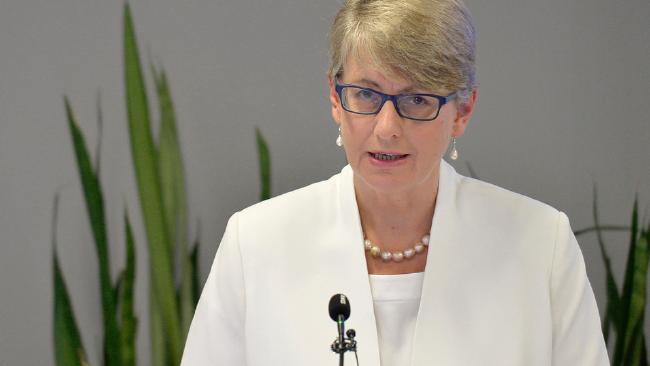|
Child abusers ‘mainly clergy,’ victims ‘boys aged 10 — 14’
By Dan Box
The perpetrators of institutional child abuse across Australia have been overwhelmingly adult men, most commonly members of the clergy and their victims most like to be boys aged between 10-14, a royal commission has heard. The opening morning of the 57th and final public hearing of the Royal Commission into Institutional Responses to Child Sexual Abuse has heard over a third of child victims reported abuse that went on for over a year. Thirty six per cent of the more than 6500 victims who have given evidence in private to the commissioners said they had been abused by multiple perpetrators, the commission heard. “The majority of perpetrators were adult males, that is nearly 94 of child abuse victims reported abuse by a male perpetrator,” counsel assisting the commission, Gail Furness SC said. “The positions held by adult perpetrators within institutions most commonly reported were members of the clergy — that is 32 per cent, teachers — that is 21 per cent and residential care works — that is 13 per cent,” she said. More than 2000 abuse victims who have given evidence in private to the commission reported sexual abuse in a Catholic institution, the commission heard. Around 500 victims said they were abused in Anglican institutions and over 250 victims reported abuse in institutions run by the Salvation Army. Almost half of child victims were aged between 10 and 14 years old when first abused, Ms Furness told the commission, although many were much younger, with five per cent of victims saying they were under five years old when first assaulted. While girls are more likely to be abused in domestic settings, almost two thirds of those who came forward to report institutional abuse during private hearings were male, the commission heard. “For many survivors, the impacts of child sexual abuse are profound and interconnected. They may be experienced at the same time or consecutively, as a cascade of effects over a lifetime,” Ms Furness said. “Some people experience deep, complex trauma ... The effects ripple outwards, adversely affecting victims’ parents, siblings, partners, careers and children,” she said. Almost 2000 potential criminal cases have been referred to police nationwide since the royal commission began its work in early 2013. While this is the final public hearing, the six commissioners will meet personally with almost 2000 more child abuse victims over the next few months, taking the total who have attended these private sessions to around 8500. In that time, the commission has held public hearings in every state and territory, forced the release of over 1.2 million documents and identified over 4000 institutions where child abuse took place in recent decades. “After this year, the community’s resources, both government and institutional, should be focused on providing effective redress and ... changes to ensure that so far as possible no child is abused in an institutional context in the future,” commission chair Peter McClellan said. “Survivors have waited too long for an effective response to their suffering and the future protection of Australian children must be given the highest priority,” he said. The commission’s final report is due to be published in December this year.
|
.
Any original material on these pages is copyright © BishopAccountability.org 2004. Reproduce freely with attribution.
